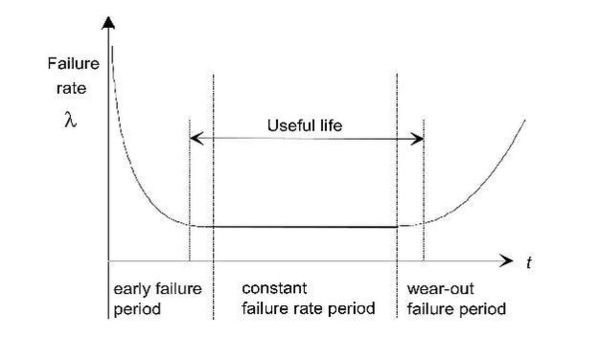Our customers’ testing requirements differ widely according to the planned use of the cameras, from the economic approach through to product screening during production and comprehensive qualification programs for individual cameras with extensive documentation.
We create specific test concepts to meet all demands of the later application context. During the development process, all required technical characteristics are analytically defined and then metrologically verified on the object, for example with MTBF calculations, thermal analysis or mechanical stress analysis.
Prototype tests for verification of specific characteristics are, for example, shock and vibration tests on shakers; temperature and climate tests in climatic chambers; overvoltage, and EMC tests. We offer all these analytical methods and tests for our products and execute them either on our own or in cooperation with external partners.
All test programs comply thoroughly with your project-specific standards and requirements.
An overview of standards and certifications in our portfolio

